TO LEARN IS TO GROW
Learning Center
We do our research and publish our results. Should probably call this the Growing Center.

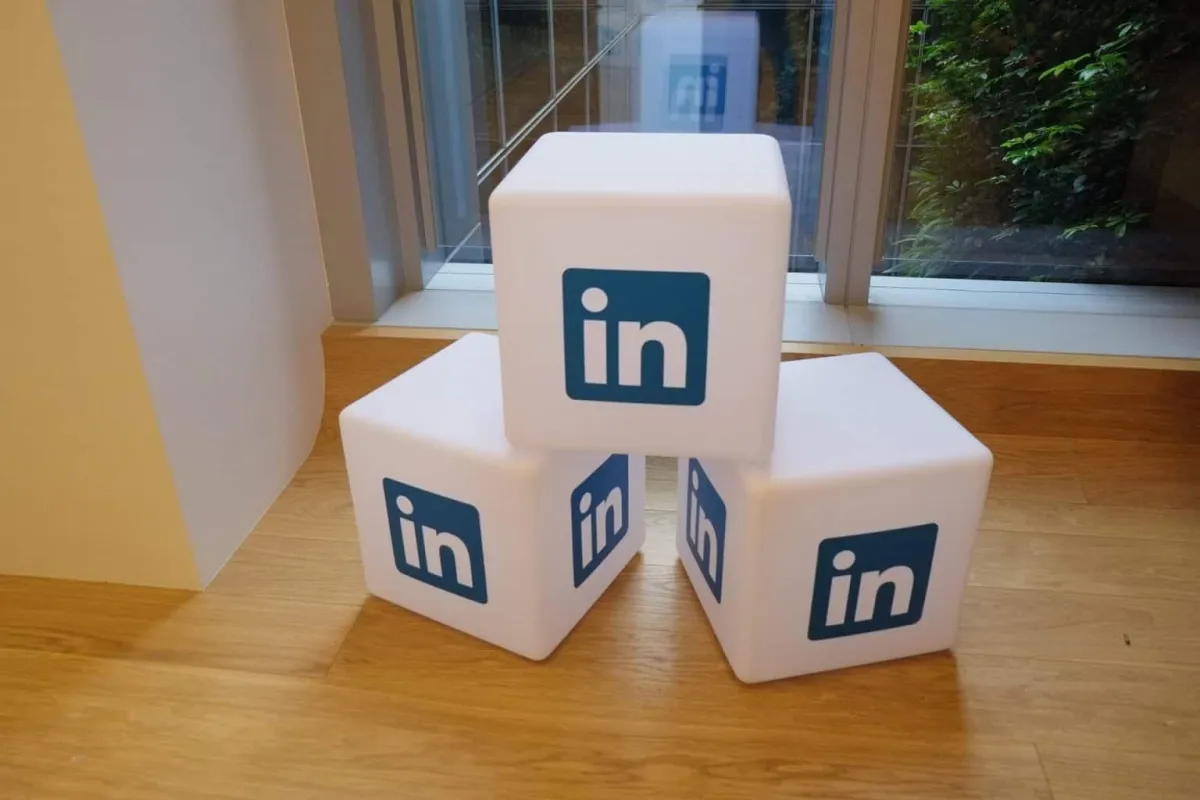
Complete Guide to LinkedIn Ad Campaign
This is a complete guide to LinkedIn ad campaigns and the different types of ad placements and formats you have to keep in mind.
LinkedIn is a social media platform that is more associated with recruitment and professional networking. However, many businesses are not aware that this can also serve as a marketing and advertising goldmine with its micro-targeting features, with more than 20 different targeting categories such as job title, company size, member groups, member interests, etc.
Types of LinkedIn Ads
LinkedIn offers a wide array of ad placement options to accommodate different objectives. For instance, some companies plan to generate more sales, others are more concerned about brand awareness, while others aim to position themselves as an industry leader.
Sponsored Messaging (previously called Sponsored InMail)
This type of LinkedIn ad allows you to advertise directly to members through their inbox. However, there is a limit on how many direct messages members can receive per month. (FYI, they are unlikely to see your ad twice within a short period of time.)
Text Ads
They appear on the top and right-hand side of the desktop feed and are geared towards making connections with the target audience.
Because they target a broader audience, they are great for increasing your lead generation without having to spend a fortune on your ad campaign.
Dynamic Ads
Dynamic Ads come in two categories: Sponsored Ads and Follower Ads, which both offer a high level of personalization since they appear on the members’ feed, together with their personal details such as their job, name title, photo, etc.
Types of LinkedIn Ads Format
Spotlight Ads
As their name suggests, they put a spotlight on your products, services, and content and allow you to connect with members in a more personal way (the ad comes with their name and other details). And if they click on the ad, they are directed to your website.
This ad format is great for increasing website traffic and leads, boosting brand awareness, engaging with the target audience, and connecting with talents/job applicants.
Lead Generation Forms
Both available in Sponsored Content and Message Ads, their goal is to generate leads. For instance, if you’re a bookkeeper that will conduct a webinar, you can include lead generation forms in your call-to-action (CTA). Then, when members click on the ad, their profile data automatically fills out a form, which they can submit with one click, saving them time and effort.
By removing the friction, you can enjoy better conversion rates with lead generation forms.
Job Ads
These LinkedIn ads boast significantly higher click-through rates compared to standard job ads because they also block your competitors’ ads from showing on the profile of your target audience–i.e., talents and job seekers.

Single Job Ads
They show directly on your target audience’s newsfeed, making them an excellent ad format if you’re filling a position in which the talent is relatively scarce.
Message Ads
As their name suggests, they allow you to message your target audience’s inbox. According to a recent survey, about half of recipients open these ads, making them a potent marketing tool.
Conversion Ads
Conversion ads are strikingly similar to “choose-your-own-adventure” books in which the users can control their own path/experience by selecting from a list of responses that resonate with them.
This ad is ideal for showcasing products and services and encouraging members to attend webinars and other online events.
Single Image Ads
They appear on LinkedIn’s homepage and look like a regular content post with a single image, except for a label that specifies “promoted.”
This ad format is great for increasing website traffic and conversions, connecting with talents, and boosting brand awareness.
Video Ads
Because they incorporate visual and audio elements, these ads are great as educational tools (e.g., how-to guides and product tutorials, demonstrations, and troubleshooting).
Carousel Ads
They maximize the screen by combining multiple videos or images into a single ad, making them a perfect format if you want to showcase multiple products or your brand’s story. Just make sure that you use striking visuals to incite users to keep on swiping.
This ad format is excellent for generating leads, increasing website traffic and conversions, and driving brand awareness and recall.
Follower Ads
Follower ads show your LinkedIn Page to your target audience that is expected to click on the “follow” button. They are great for spreading brand awareness, connecting with the right people, and increasing website traffic.
6 Easy Steps to Set Up Your LinkedIn Ad Campaign
1. Establish your objective
First things first: What’s your objective for setting up your LinkedIn ad campaign? Remember, marketing objectives are categorized into three basic types:
Awareness – brand awareness.
Consideration – website visits, engagement, and video views.
Conversions – lead generation, website conversions, job applicants.
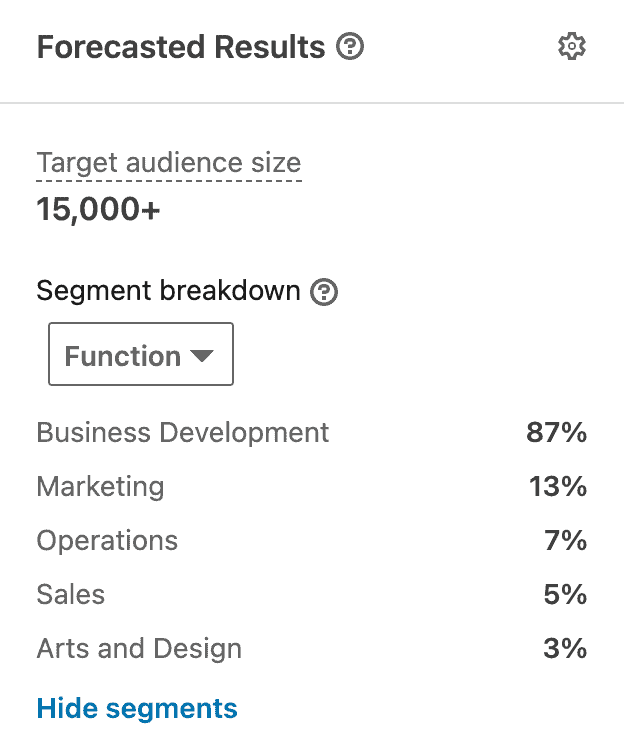
2. Identify your audience
If you’re just starting your Text Ads and Sponsored Content, LinkedIn recommends a target audience of at least 50,000. But for Message Ads, the general advice is to stick to 15,000.
If your business has a brick-and-mortar location (e.g., restaurant, retailer, and local home service contractor), it is imperative to customize your location settings. You may even exclude certain areas if your business is focused on serving your local community.
Pro Tip:
Use Matched Audiences to connect with people you already know and combine your first-hand data with the social media’s to improve your ad campaigns’ targeting capabilities.
Matched Audiences have features that include account targeting, lookalike targeting, email contact targeting, and website targeting.
3. Choose your ad format
The ideal ad format largely depends on your goals. For instance, if you want to show how-to guidelines or video tutorials, your best bet is to use video ads, while carousel ads are great for showcasing multiple products in a single ad.
Regardless of the ad format you choose, make sure to use catchy visual elements, create ad copy that conveys a short but compelling message, and include a CTA.
4. Set your budget, schedule, and bidding options
A good rule of thumb is to start small when it comes to your budget and scope of reach. The idea is to test and measure each campaign and check what’s working and what’s not before you invest more in ads that deliver excellent results.
In terms of bid type, there are three options to choose from, namely, automated bid, maximum cost-per-click bid, and maximum pay-per-1,000 impressions bid.
Automated bidding allows the platform to determine the maximum amount based on your campaign objectives and other similar factors.
Maximum cost-per-click (CPC) bid means that you will be charged based on the number of people who click on your ad. In general, the more advertisers bidding on the same campaign, the more expensive it is.
Maximum pay-per-1,000 impressions (CPM) bid means you’ll be charged a predetermined amount each time every 1,000 LinkedIn users view your ad.
If your goal is to make your ad visible to as many people as possible, CPM is generally the best option. On the other hand, CPC is better if your objective is to drive website traffic and generate qualified leads.
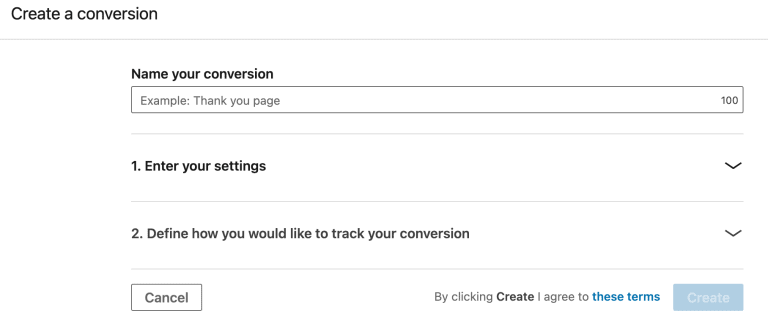
5. Set up conversion tracking
While conversion tracking is an optional feature, it is highly recommended to set up this before launching your campaign because it will allow you to track and measure the results and the actions of users who click on your ads.
6. Launch and optimize your ad
After doing all the above mentioned steps, it’s time to push the “live” button.
Once your ad is active, LinkedIn will start to give you data and insights, which can help you optimize your campaign. The general rule of thumb is to wait at least a week before doing any tweaks based on the results of clicks, overall impressions, reach and frequency, engagement metrics, and budget.
You may also try creating different versions of your ad in each campaign to test varying ad copy, images, videos, and other visual elements. Once you identify the ad that delivers the best ROI, you can gradually increase your budget and audience.
Built for Growth. Backed by 25 Years of Trust.
For over two decades, LOJO has been a trusted partner to hundreds of businesses just like yours. Whether working directly with owners, managers, teams, or boards of directors, our goal remains the same: to be a reliable and results-driven asset to your business.
Over the years, we’ve carefully built a team of experts—each selected for their unique skills, strengths, and personalities. Our clients choose LOJO because they know we genuinely care about their success.
And after 25 years of helping businesses grow, we’re more committed than ever.
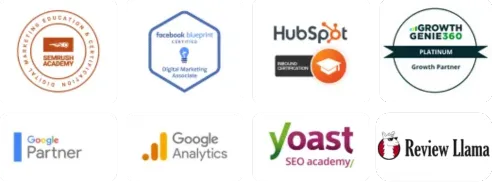

Built for Growth. Backed by 25 Years of Trust.
For over two decades, LOJO has been a trusted partner to hundreds of businesses just like yours. Whether working directly with owners, managers, teams, or boards of directors, our goal remains the same: to be a reliable and results-driven asset to your business.
Over the years, we’ve carefully built a team of experts—each selected for their unique skills, strengths, and personalities. Our clients choose LOJO because they know we genuinely care about their success.
And after 25 years of helping businesses grow, we’re more committed than ever.
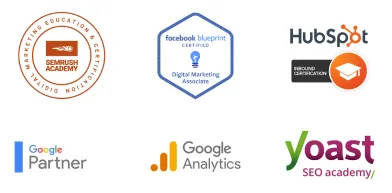
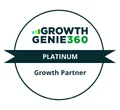

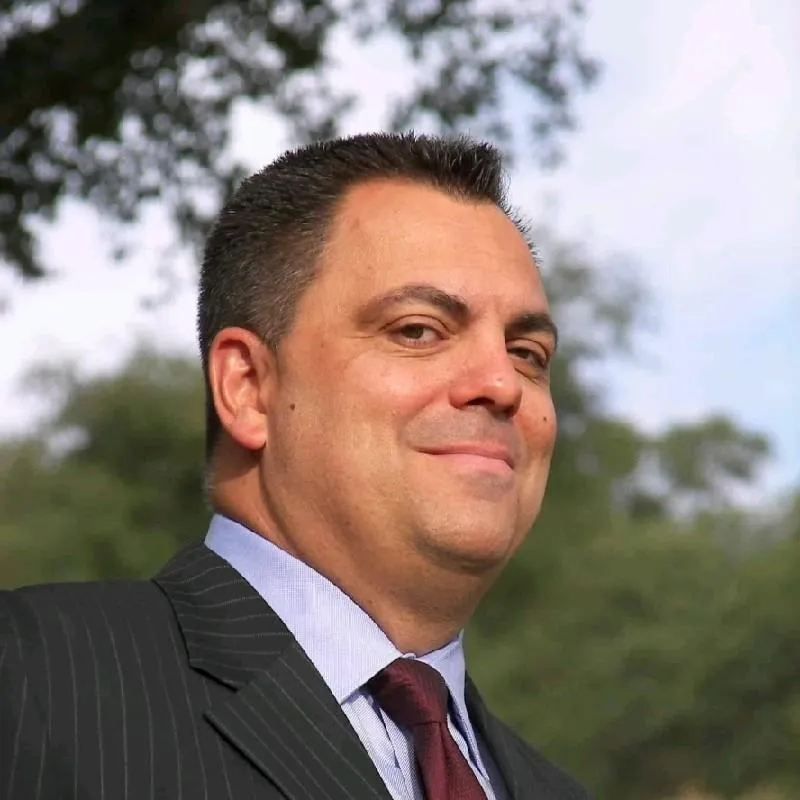
Matthew Rogers, President
iProspect Check
After spending several months reviewing multiple proposals from several different companies we engaged LOJO to develop a new website that represents our company effectively. We worked initially with Stephen Platte who helped create the scope of the project. Stephen was knowledgeable and always followed up with me on time and as promised.
He "closed the deal" for LOJO with his professionalism, service orientation and easy going approach. Once we signed the contract we were introduced to Jay Kelly who would be the creative lead for LOJO. This was the most challenging part of the project for my company, as there was no shortage of ideas from our side. Jay managed the project flawlessly, and once we had all agreed to the design, Jay introduced us to Eric.
Eric Lay is one of the founders of LOJO. Eric took the design we had developed and brought it to life. We delivered content as quickly as he requested it. Eric kept the project on task and we responded by exceeding every deadline for content. In turn, once provided, literally not a day went by that Eric didn't add the content and take the next step. In just a few weeks we launched our new website. Eric is a pleasure to work with.
His positive attitude and consultative approach really enhanced the experience and made a big difference for us in the outcome of our project. We would welcome you to visit our website to take a look at the quality work of LOJO. We are very pleased with LOJO and look forward to working with them in the future as we pursue an aggressive SEO strategy."
After spending several months reviewing multiple proposals from several different companies we engaged LOJO to develop a new website that represents our company effectively. We worked initially with Stephen Platte who helped create the scope of the project. Stephen was knowledgeable and always followed up with me on time and as promised.
He "closed the deal" for LOJO with his professionalism, service orientation and easy going approach. Once we signed the contract we were introduced to Jay Kelly who would be the creative lead for LOJO. This was the most challenging part of the project for my company, as there was no shortage of ideas from our side. Jay managed the project flawlessly, and once we had all agreed to the design, Jay introduced us to Eric.
Eric Lay is one of the founders of LOJO. Eric took the design we had developed and brought it to life. We delivered content as quickly as he requested it. Eric kept the project on task and we responded by exceeding every deadline for content. In turn, once provided, literally not a day went by that Eric didn't add the content and take the next step. In just a few weeks we launched our new website. Eric is a pleasure to work with.
His positive attitude and consultative approach really enhanced the experience and made a big difference for us in the outcome of our project. We would welcome you to visit our website to take a look at the quality work of LOJO. We are very pleased with LOJO and look forward to working with them in the future as we pursue an aggressive SEO strategy."

Matthew Rogers, President
iProspect Check
The team at LOJO were wonderful to work with. They are well organized and very patient as we worked through our marketing strategy and developed a well thought out and clear action plan at a reasonable price. We will definitely be back for our future campaign needs."

Jon Crosby, Founder
Dazil

